At sunrise the following day, a hunt was organised for the queen to shoot a female tiger.
But she decided a monarch should not make the kill and handed her gun to one of her staff to deliver the fatal shot.
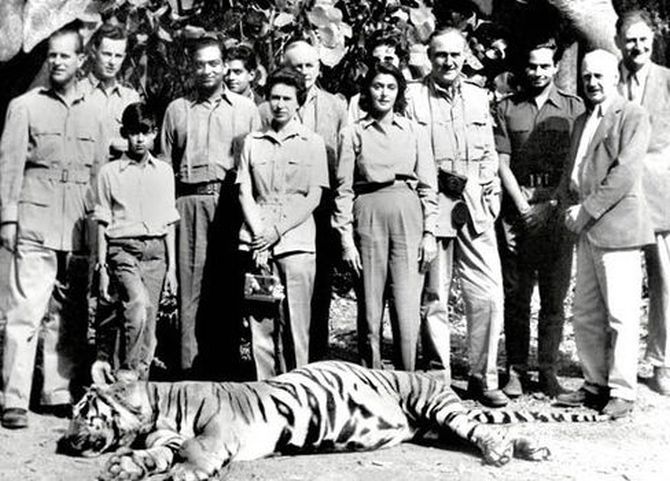
India became a free nation in 1947.
But it took Elizabeth II -- who was crowned queen after her father King George VI passed away in February 1952 -- 14 years to visit India.
India's various principalities had been merged with the Indian Union by 1949.
While the former royal rulers enjoyed privileges like gun salutes and privy purses, they had lost the power to rule and had to follow the Constitution.
These princes, who had till then been ruling their respective states under a British order of administration, still held the British queen in high esteem.
In 1960, when the process to facilitate the queen's visit to India began, the Maharaja of Jaipur Sawai Man Singh II -- who would spend six months every year in England, playing polo -- was the first to use his connections to request Queen Elizabeth II to visit Jaipur as his guest.
The queen's private secretary, Sir Michael Adeane, and the then British high commissioner put Jaipur on the itinerary.
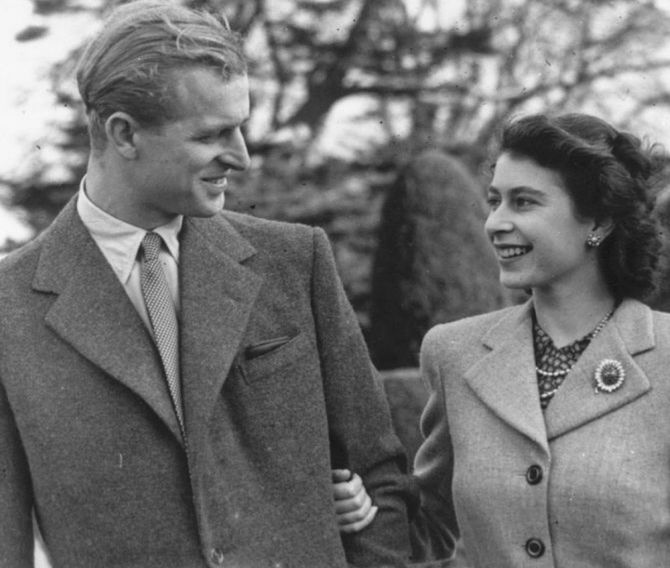
Sawai Man Singh persuaded the royal couple to go for a tiger shoot at Ranthambhore, some 170 km from Jaipur. Ranthambore used to be part of the maharaja's principality and had served as the royal hunting ground.
The queen had heard a lot of stories about hunting in jungles like Ranthambhore from her cousin, Lord Louis 'Dickie' Mountbatten, the last viceroy of British-ruled India and the first governor general of Independent India.
Mountbatten had -- with his wife Lady Edwina and daughter Pamela -- visited Ranthambhore as the maharaja's guest.
They were accompanied by Colonel Kesri Singh, then a senior official under the Jaipur state and a great authority on tigers.
"To commemorate Mountbatten's visit, my father created a tiger beat and named it Mountbatten Drive. When passing through the jungle, Mountbatten was surprised to see signage in his name," says the colonel's son Raghunath Singh.
"His daughter Pamela eventually shot a tiger from a specially created machan (a platform built on a tree, earlier to aid in hunting and now used to watch animals). When the queen visited Ranthambhore in 1961, she drove past Mountbatten Drive," adds Raghunath Singh.
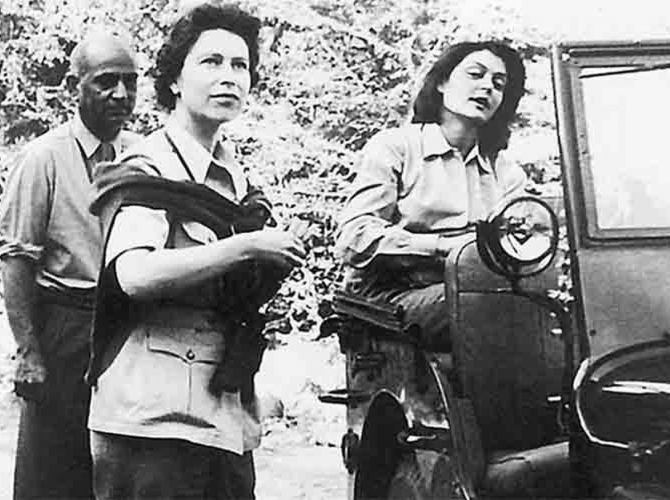
Prior to her visit to India, London newspapers broke the news that the queen and her party would visit Ranthambhore for a tiger shoot.
It was not illegal to hunt tigers in 1961. Yet, as can be imagined, the news created a furore. In England, the Anti-Blood Group, an organisation that was anti-hunting and supported wild animals, started a protest campaign.
The Daily Mirror newspaper raged against the royal shikar and, on the front page, questioned: Another tiger hunt. Does Philip need another rug for his palace?
Despite the opposition, the queen and Philip, the duke of Edinburgh, did not change their plans.
Later, the Daily Mirror published a front page report showing the royal couple standing with the hunting party over the body of a slaughtered tiger.
Ironically, later that year, Prince Philip was appointed president of the World Wide Fund for Nature.
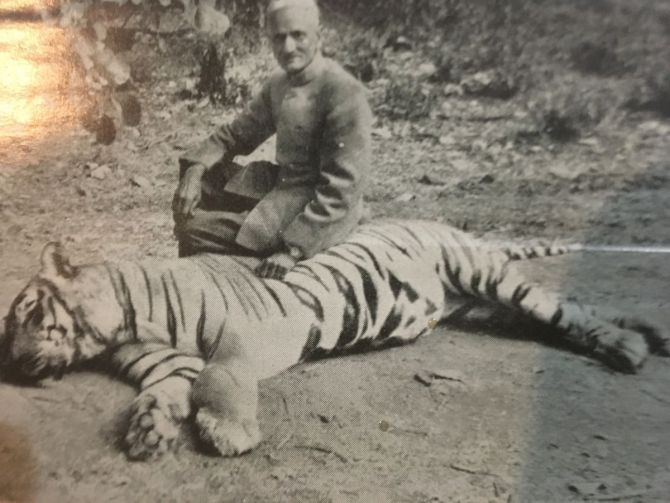
There were reports in the Indian media that Maharaja Sawai Man Singh II planned to hold a durbar at the City Palace in the queen's honour.
In her book A Princess Remembers: Memoirs Of The Maharani Of Jaipur, Gayatri Devi says:
'Pandit Nehru wrote to Jai (the Maharaja of Jaipur) that he was very upset with the reports that bait would be used for the convenience of the royals during the shikar sojourn to Ranthambhore to enable the royal couple to shoot a tiger.
'Pandit Nehru asked Jai to be sure that no bait was to be used on this shoot.
'He also questioned the desire of the Maharaja to hold a Durbar where the royal would be present.
'To this, the Maharaja shot back a reply to Nehru that he was very upset that the Prime Minister should think him so irresponsible.
'It was perfectly clear from the wording of the invitations to the Nobles of the erstwhile Jaipur state that there was no intention of holding a Durbar.
'The Maharaja was then asked by Nehru why the guests had been asked to come in full dress and wearing turbans.
'The Maharaja replied that this was a tradition in Jaipur to wear traditional costume and the Nobles would always come to any ceremonial occasion dressed in their achkan and turbans and carrying their swords.'
The maharaja went ahead with his plans. Seated on a caparisoned and decorated elephant, the queen and Maharaja Sawai Man Singh II wound through the old city of Jaipur in a ceremonial procession and were greeted by the people.
The queen and duke's stay in Jaipur became the highlight of their India tour.
The Tatler's correspondent, while covering the visit, wrote:
'The Queen looks as happy as if she was leading a Derby winner.
'The elephant, his face a mass of bright tracery, with bracelets of brass tinkling on his feet, was Moghul splendor as only India can do it.
'This ancient pageantry has no way suffered from the country's social philosophy. The Indians prize and cherish it as the English do.'
The Illustrated London News published a front-page photo of the queen waving to the crowd from the elephant, with the maharaja seated next to her.
In a separate report, it reported that 700 nobles -- wearing their court attire -- were present at the Jaipur durbar.
When Buckingham Palace released a photograph of the duke with the nine foot eight inch tiger he had hunted, The Daily Herald was highly critical. An Indian government official in London called it 'astonishing'.
The photograph showed Prince Philip standing near the tiger's head. Besides him was Maharani Gayatri Devi and her son, Jagat Singh.
British newspapers reported how 200 beaters engaged by the maharaja had lured the tiger so that the prince was able to shoot it from a machan.
The Daily Mirror said it was time 'that those who advise the Royal family on these matters should take some heed of public opinion. The Royal family does not seem to have caught up with the modern enlightened views on the killing of animals for pleasure.'
One British newspaper derided the shikar as the most choreographed shoot ever staged.
The photo opportunity was followed by a champagne lunch in the jungle.
A second tiger was shot by the duke's then treasurer, Rear Admiral Christopher Douglas Bonham-Carter.
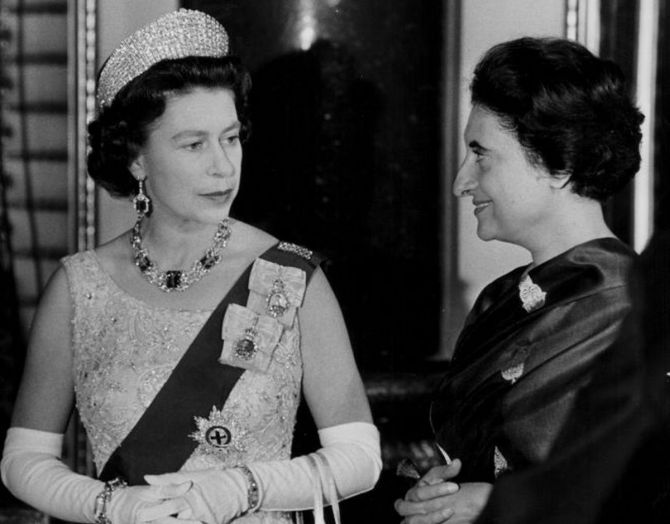
Royal biographer Robert Hardman wrote in his book, Queen Of The World: 'The Maharajah was very clear about the main purpose of the visit: The Duke of Edinburgh was going to shoot a tiger.'
Hardman added how there was a backlash from some in the UK because a buffalo was used as bait.
At sunrise the following day, a hunt was organised for the queen to shoot a female tiger.
But, according to Colonel Kesri Singh, she decided a monarch should not make the kill and handed her gun to one of her staff to deliver the fatal shot.
The tiger's body was hauled back to the maharaja's palace in Jaipur by truck.
The maharaja, meanwhile, had the prince's trophy tiger skinned and stuffed before it was shipped to Windsor Castle.
On the same royal trip, Philip also killed a crocodile and six urials (a wild mountain sheep with long curved horns).
'At the very moment,' Hardman adds, 'the Duke was in the process of establishing the World Wildlife Fund, which would be founded four months later. Yet in the India of 1961, the tiger was still seen as a desirable pest and a very desirable trophy. There was certainly no secrecy about the exercise.'
The same year, the duke -- dressed in a lounge suit -- also killed a 15-foot crocodile with a single shot from the bow of a steamer on the Gambia river in West Africa.
As public pressure mounted, the duke gave in and stayed away from big game hunting. He remained, however, a defender of blood sports, terming it 'culling', not killing.
Eleven years after that visit, largely at the behest of then prime minister Indira Gandhi, India enacted its Wildlife (Protection) Act 1972; the hunting and killing of wildlife became punishable under law.
Feature Presentation: Rajesh Alva/Rediff.com










